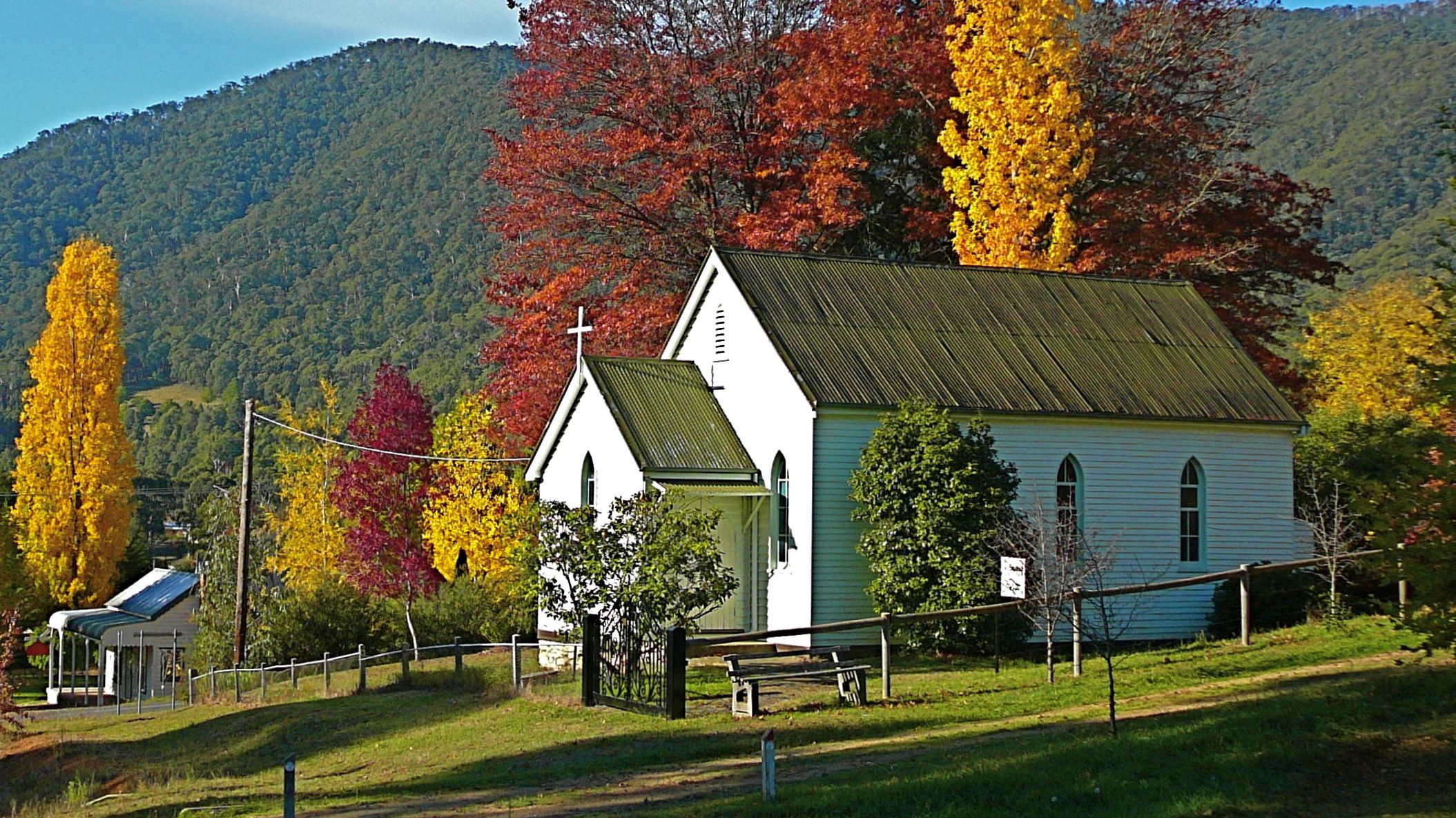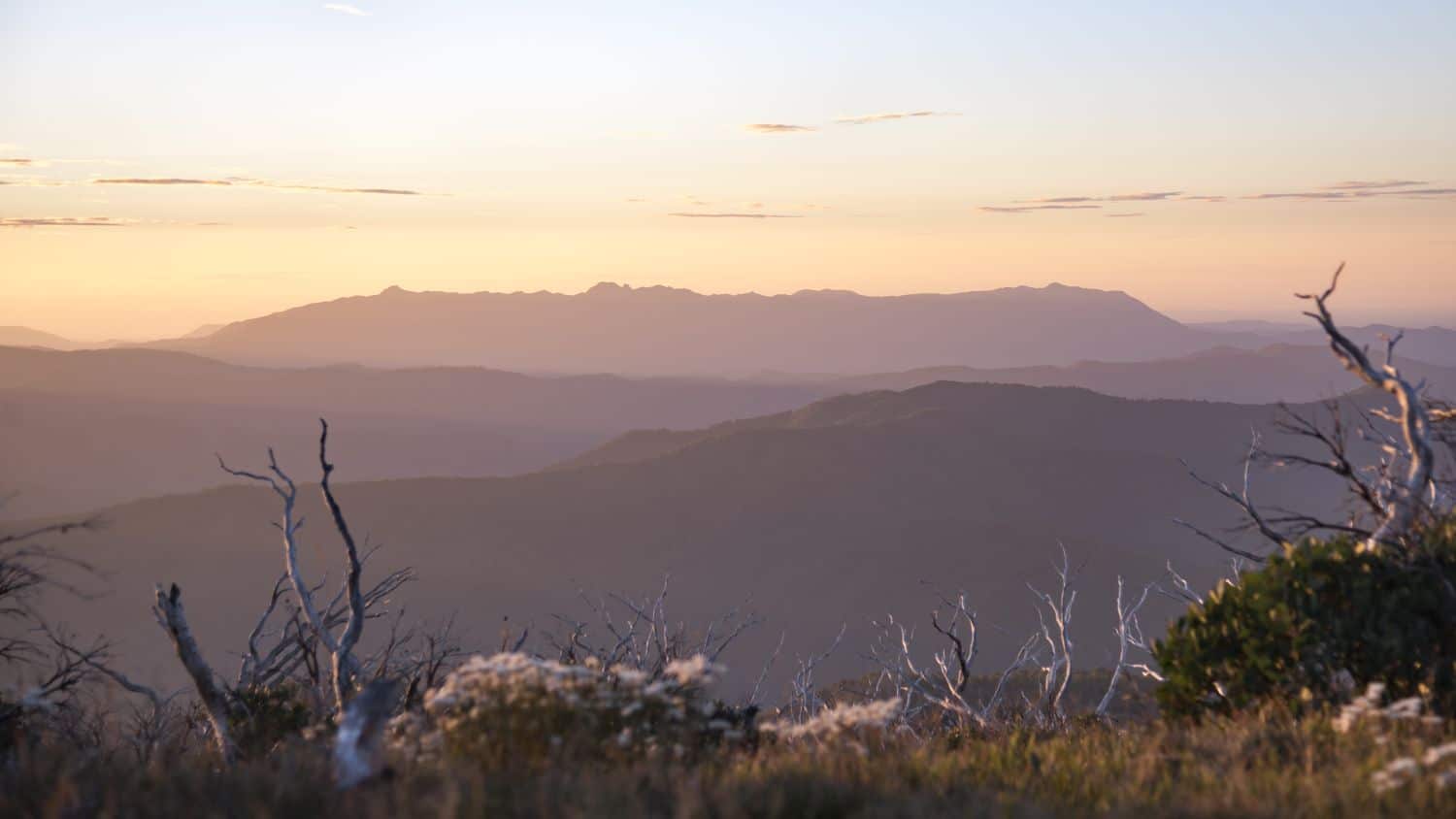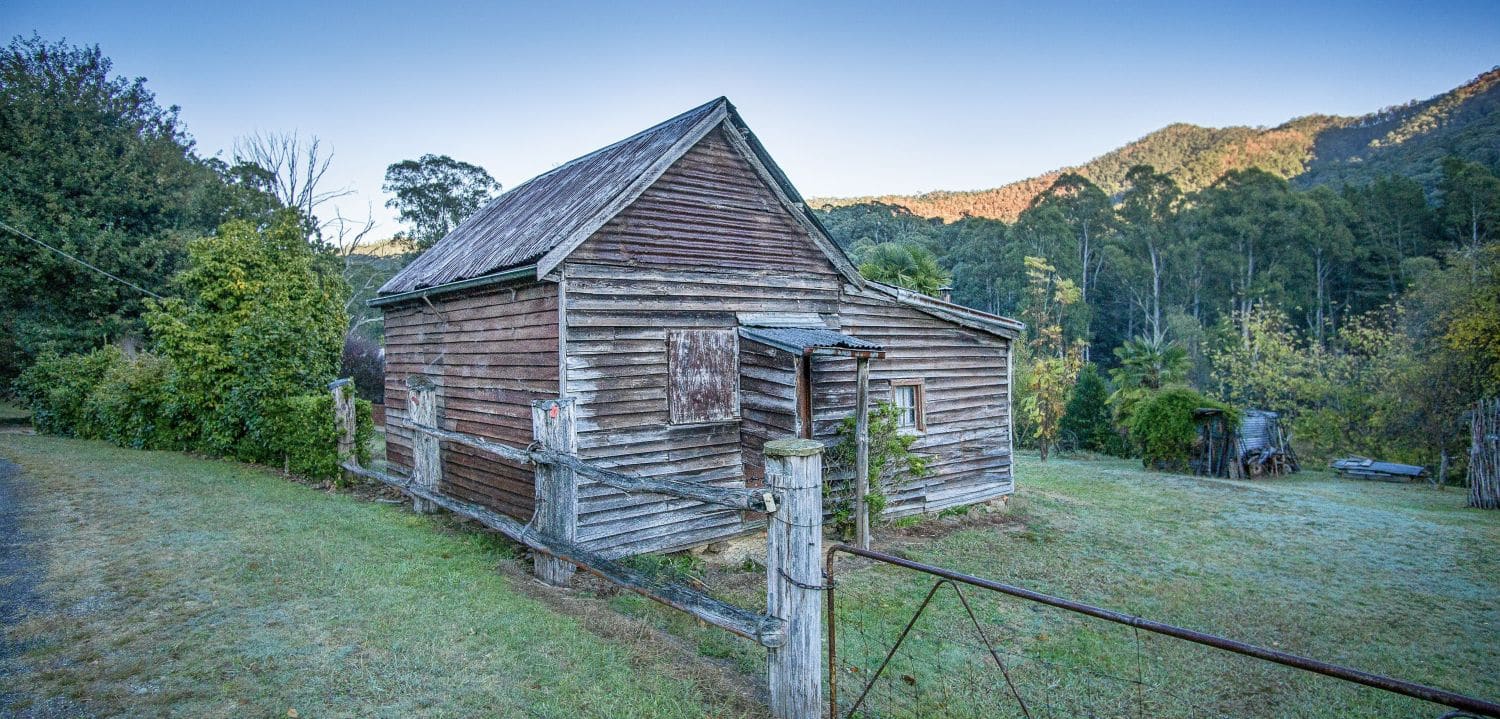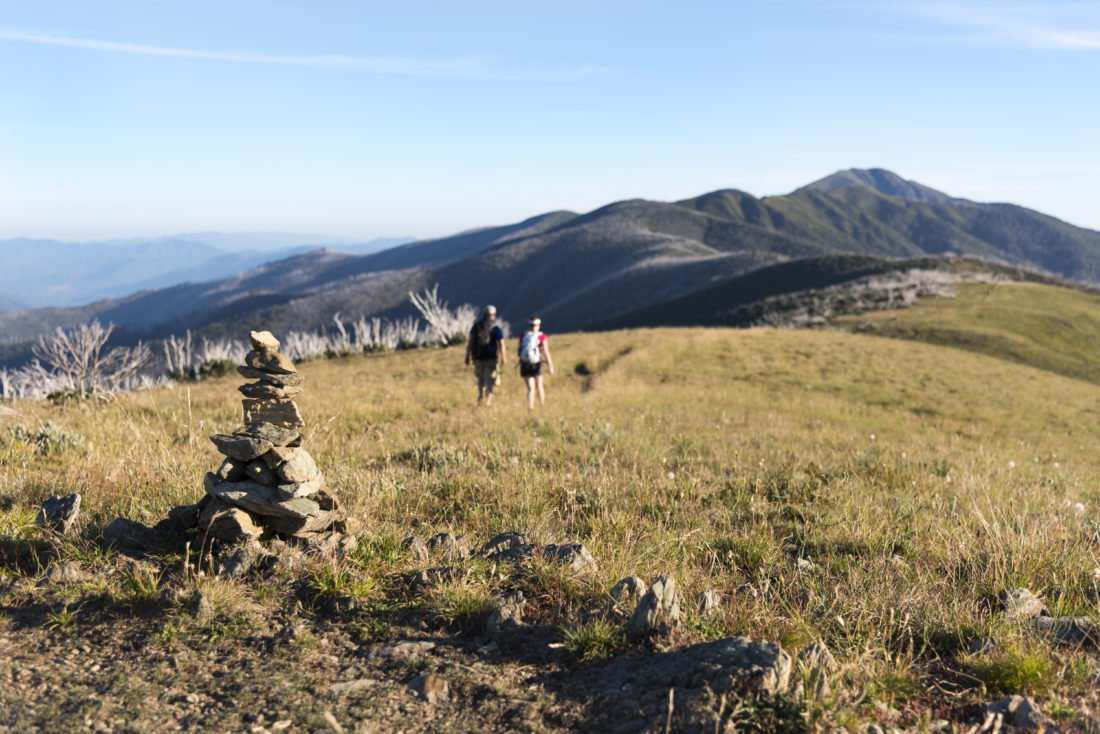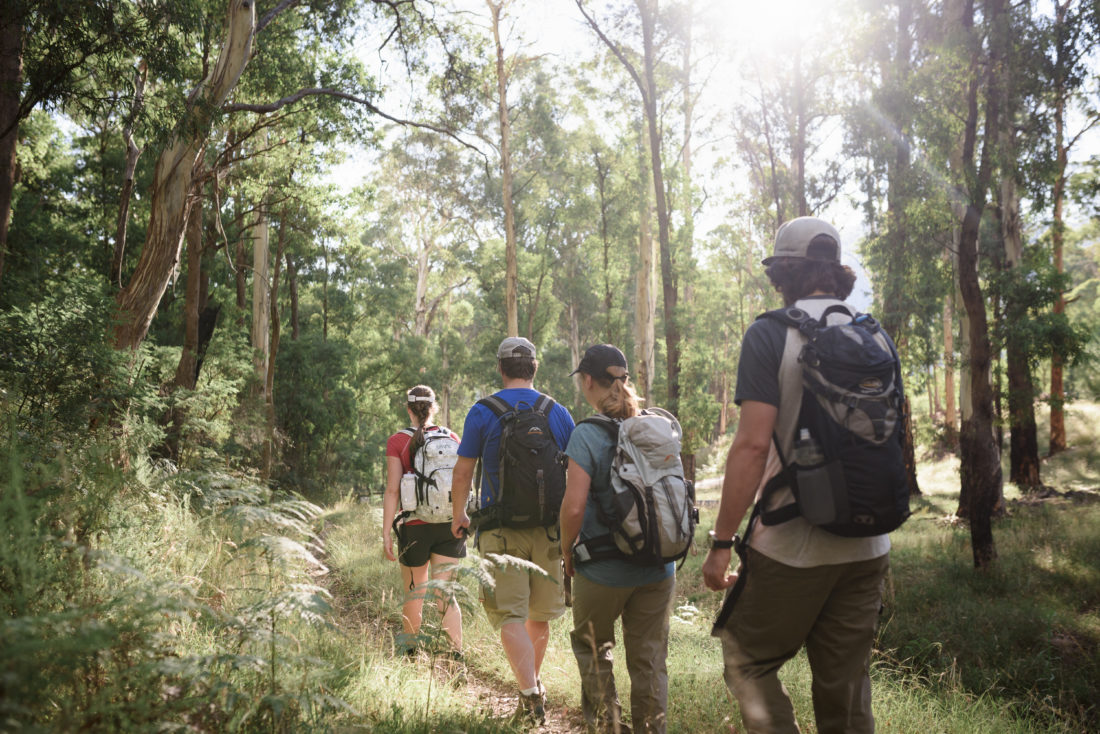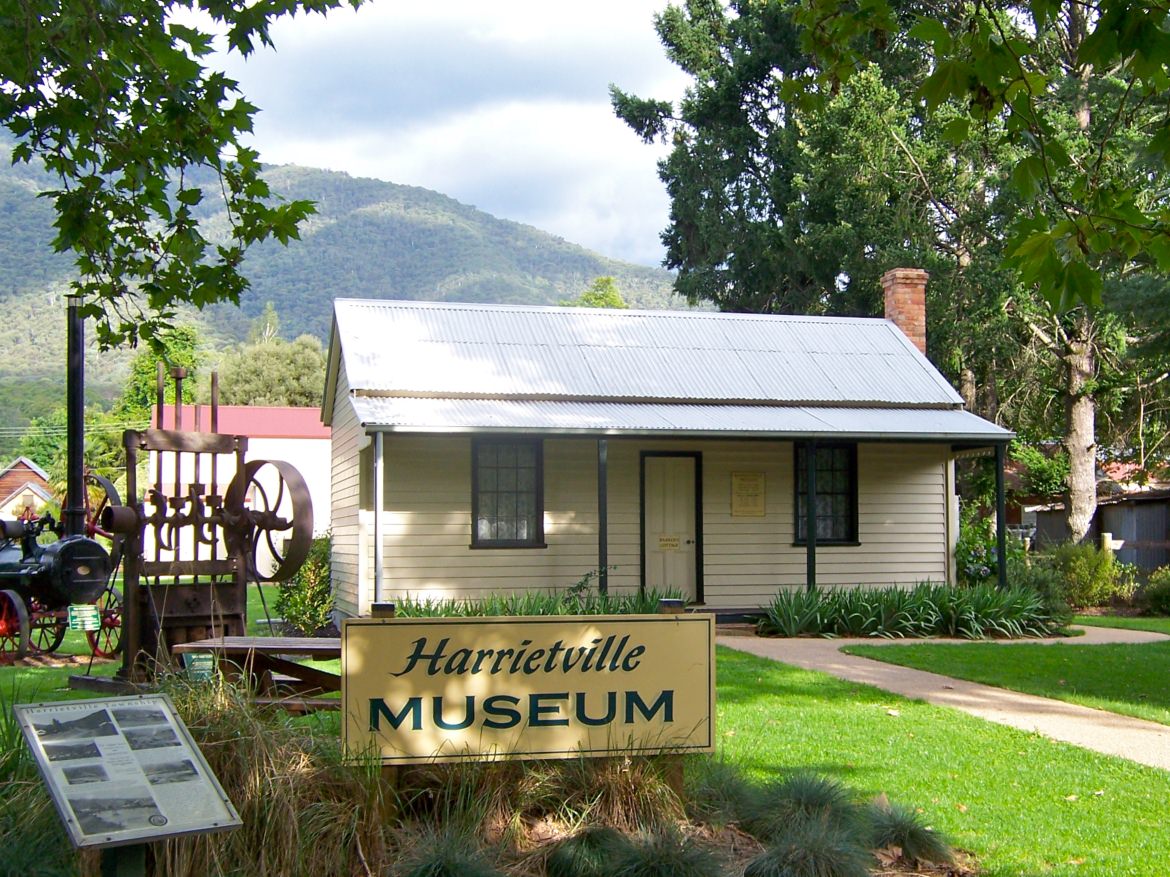ABOUT HARRIETVILLE
The small village of Harrietville, at the foot of the Victorian Alps, is where worlds collide; where grand avenues of European tree-lined streets meet the frontier of alpine wilderness; where the remnants of the town's gold mining past lay for you to discover as relics reclaimed by nature; and where the rush of the modern world slips away amid a choir of birdsong and the babbling of the rivers as you rest in the comfort of your country cottage.
AKNOWLEDGEMENT OF COUNTRY
Bright & Surrounds acknowledges the Taungurung, Dhudhuroa, Jaithmathang and Gunaikurnai as the First Peoples and Traditional Custodians of the lands that meet where the village of Harrietville sits on the banks of the Ovens River and its tributaries.
We pay our respect to their Elders, past, present and emerging.
THE VILLAGE
It’s impossible not to feel rested in Harrietville. The small High Country village, which sits at an elevation of 510m at the base of the Victorian Alps, is a sanctuary from the rush of the modern world. Found halfway between Bright and Mount Hotham along the scenic Great Alpine Road, this cosy escape rests under the auspice of the spectacular Mount Feathertop and its winter snow-capped peak.
It’s the sort of place where the bakery is also the post office, so quaint you can be served scones with jam and cream amid gardens of lavender, and so quiet you need to stock up on petrol and groceries before arrival. Even so, there is room enough for two country pubs.
Harrietville has a colourful history deeply connected to its alpine surrounds and gold-mining past. These days, its connection to the mountain remains strong, with the village becoming a popular destination for walkers looking to explore its riverside trails and the Alpine National Park. It’s also popular among anglers and cyclists as well as those stopping in for a rest along one of the most scenic drives in the country.
In winter, Harrietville is popular as an affordable and more relaxing place to stay for skiing and snowboarding trips to the Mount Hotham Ski Resort – only 30km away.
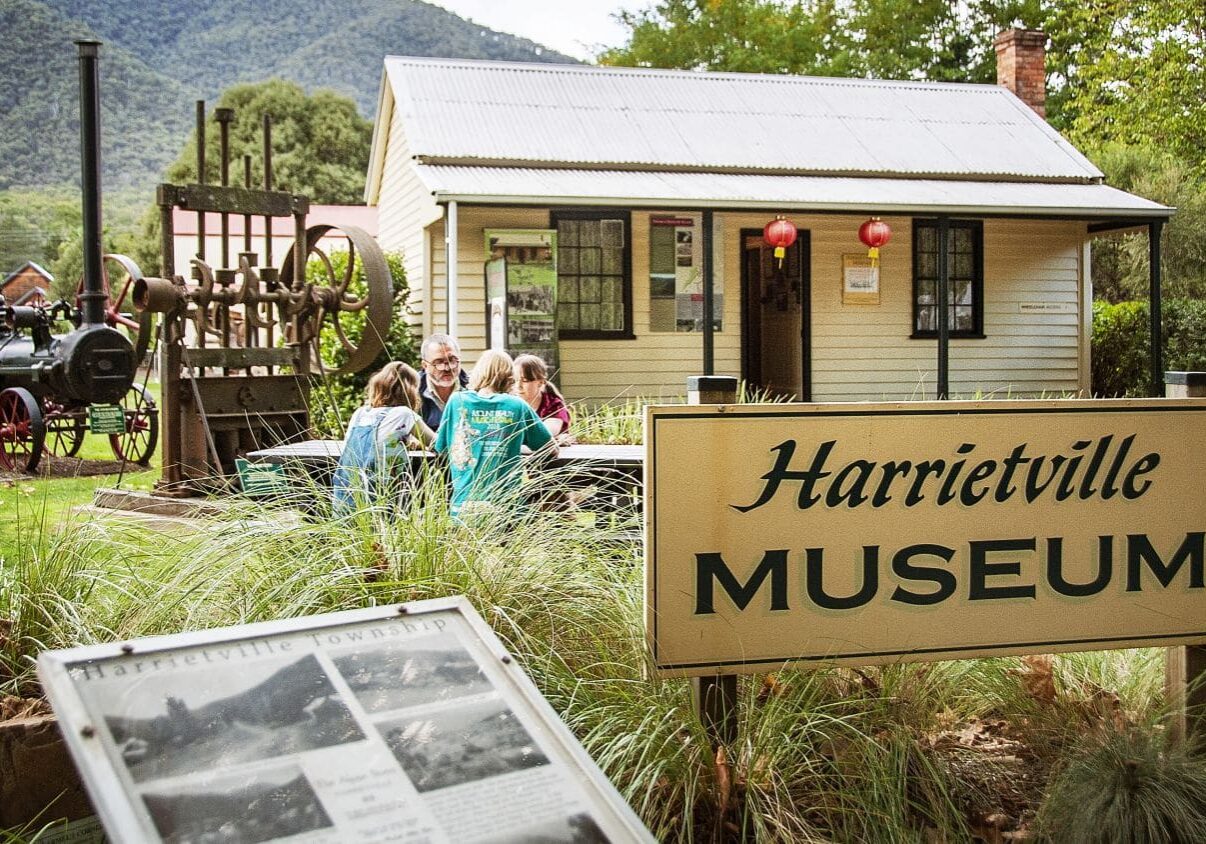
MUSEUM
See relics of Harrietville's gold mining past and learn about the people who lived here at an intriguing display at a restored miner's hut.
HISTORY OF HARRIETVILLE
The Traditional Custodians of the lands and waters around Harrietville have a history and deep spiritual connection to the region that dates back tens of thousands of years. The connection to ancestors remains strong in ancient campsites and sacred sites throughout the High Country.
NORTH EAST FRONTIER WARS
In 1845, squatters became the first colonialists to move into the district now known as Harrietville, with the establishment of Thomas Buckland's pastoral run. The arrival of the squatters was catastrophic for the First Peoples of North East Victoria, marking the start of the frontier wars. The absence of an early police presence in the North East allowed some of the squatters to follow their own 'frontier law', in which hushed killings and massacres took place.
While both sides suffered deaths, the new arrivals with their weapons and poisons, quickly decimated the populations of the First Peoples. This was compounded by the arrival of gold mining throughout the Ovens Valley, forever changing the landscape and severing the survivors from their traditional food sources. Disease, alcohol and the corral of the survivors into reserves delivered a devastating blow. Today, the descendants of the survivors carry with them the remnants of the knowledge and traditions of the oldest living cultures on earth, and the memories of the atrocities that took place.
GOLD FEVER
Gold was discovered in Harrietville in 1852, and by 1860 the first of a series of rich gold reefs was being mined. It was at this time that the village became known as Harrietville – most likely after Mrs Harriet Luke, the first colonial woman to live in the district.
Many of the early miners in Harrietville were Chinese who, after being driven from their claims in the Buckland Valley following the infamous riot of 1857, sought refuge and new gold claims.
As mining took hold, the village’s population grew, stores sprung up, a post office was established and a school was opened by 1866. Even so, it wasn’t until 1883 that an eight foot carriage track was built from Bright to Harrietville – a significant upgrade from the rugged four foot horse track used up until that point.
SKI TOURISM
By 1890, the newly opened railway to Bright brought with it the first alpine tourists and Harrietville became a base for travellers up into the High Country. The first visitor’s hut was built on the track to Mount Feathertop in 1906, and in the 1920’s, the Country Roads Board upgraded the Alpine Road for motor vehicle use, connecting Harrietville with Mount Hotham and Omeo and building the Hotham Heights chalet to house tourists.
Harrietville’s population peaked at 711 by 1911 as mining took off between 1890 and the early 1920s. Between 1942 and 1954, the Tronoh Dredge – the largest dredge in the Southern Hemisphere weighing a whopping 5,000 tonnes – operated at the site of the Tronoh Dredge Hole, which is now a popular swimming and fishing spot with a number of walks past old mining sites.
Today, two small private gold mines remain active in the Harrietville area, 170 years after gold was first discovered. The Harrietville Museum, housed in a restored miner’s hut in the village centre, displays a wide range of historic items dating back to the 1800s and is a highly recommended stop on your trip to Harrietville.


